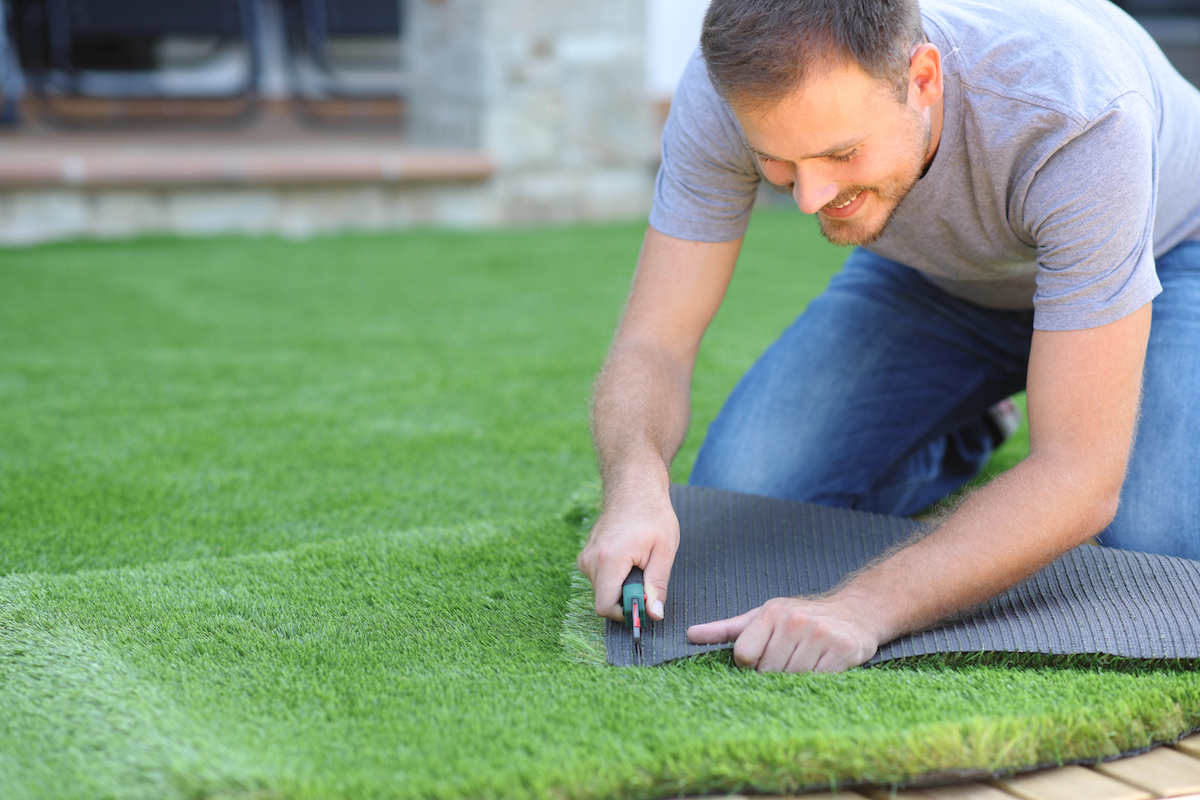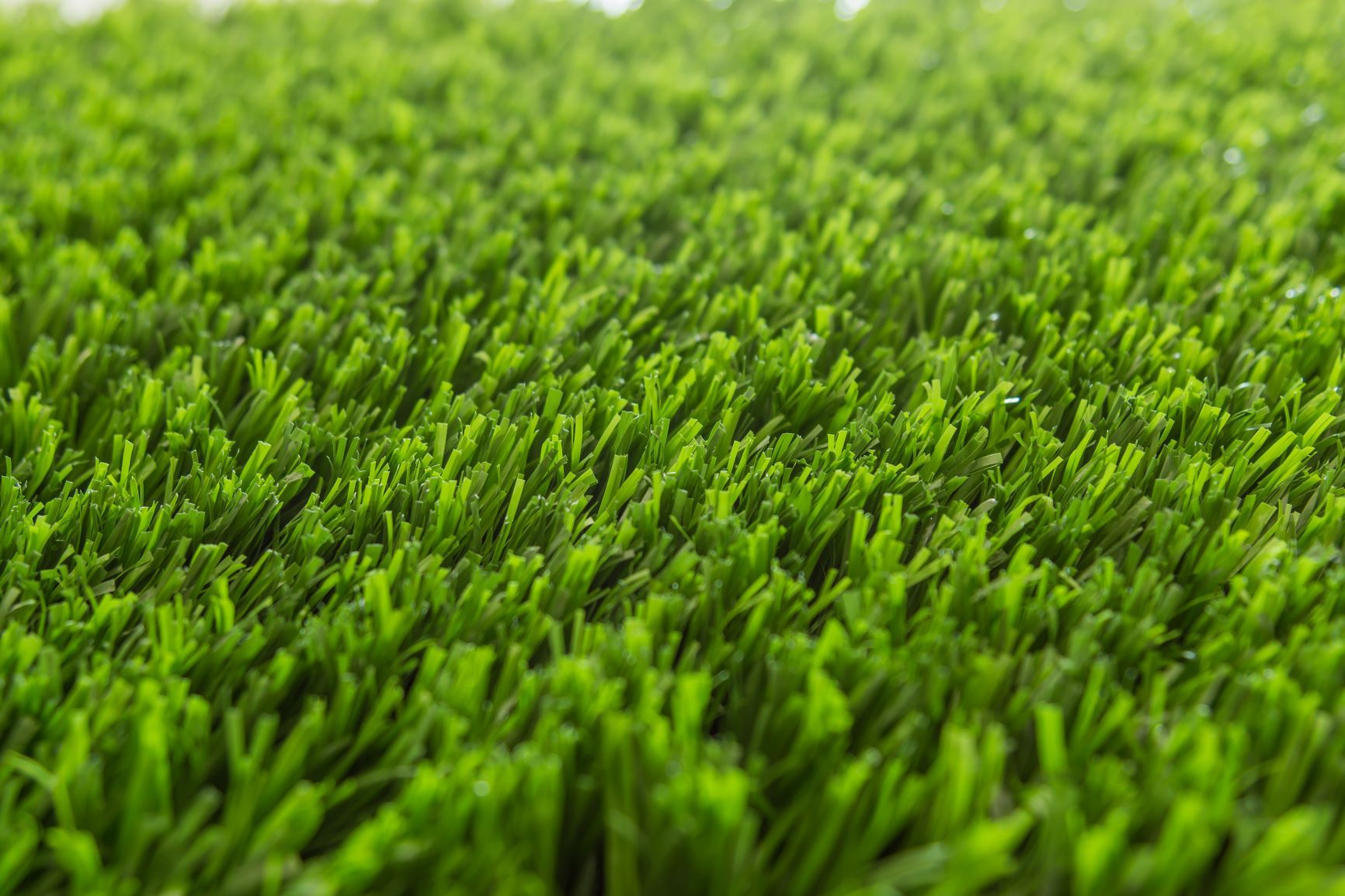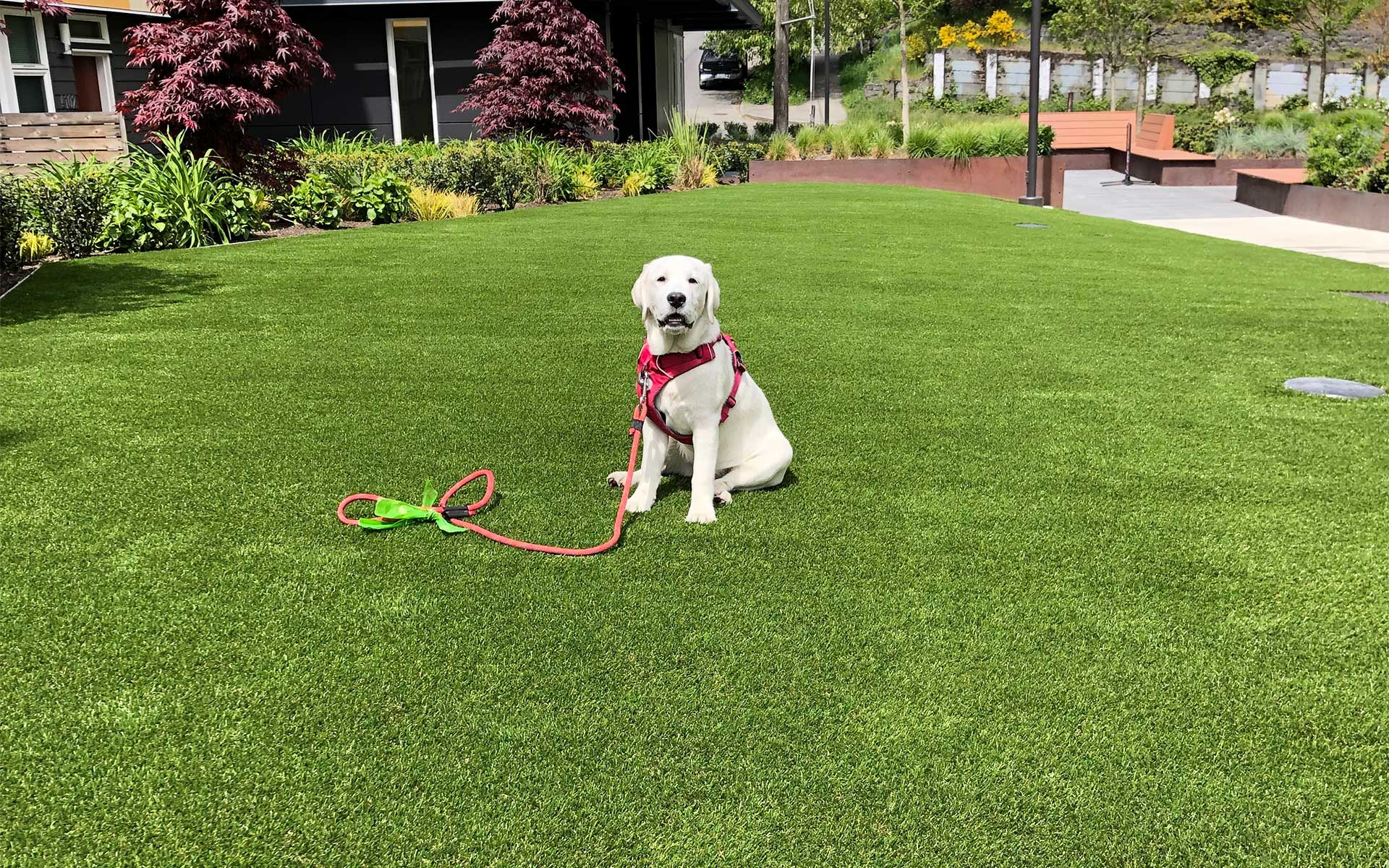Trusted Phoenix Turf Companies Offering High-End Synthetic Grass Installation
Trusted Phoenix Turf Companies Offering High-End Synthetic Grass Installation
Blog Article
Look Into the Environmental Benefits of Opting for Synthetic Grass Solutions
The fostering of synthetic grass remedies provides a compelling chance to deal with pushing ecological difficulties. By significantly decreasing water usage and decreasing the application of harmful chemicals, these choices not only advertise lasting landscape design but likewise secure local ecosystems. The lower carbon footprint connected with reduced upkeep activities adds to an extra sustainable approach to land management. The implications of these advantages prolong beyond simple preservation initiatives, raising concerns about their lasting effect on environment conservation and total ecological balance. Discovering these measurements exposes an intricate interplay worth taking into consideration.
Water Conservation Conveniences
One of the most substantial advantages of artificial lawn is its capability to conserve water. In comparison, synthetic turf does not require watering, substantially decreasing the general need for water sources.
By getting rid of the demand for normal watering, synthetic grass adds to sustainable landscape methods and assists alleviate the ecological impact of extreme water usage. Furthermore, the conservation of water encompasses the decrease of overflow, which can cause dirt erosion and waterway pollution.
In addition, the installment of fabricated lawn permits communities and homeowners to allot water resources much more effectively, concentrating on essential usages such as drinking water and agriculture. The shift towards synthetic grass not just promotes responsible water use yet also straightens with wider ecological goals intended at preserving all-natural sources.
As communities significantly focus on sustainability, the water preservation advantages of synthetic grass provide a compelling case for its fostering in household and business landscape design tasks.
Minimized Chemical Usage
The change to synthetic grass dramatically reduces the reliance on chemical therapies generally made use of in natural yard upkeep. Traditional turf monitoring usually involves the application of chemicals, herbicides, and fertilizers to advertise development and control insects. These chemicals can present dangers to human health, local wild animals, and the environment, adding to soil and water contamination.
In comparison, artificial lawn gets rid of the requirement for these harmful compounds. By minimizing the release of synthetic compounds right into the community, artificial lawn advertises much healthier soil and water systems.
Additionally, the absence of chemical overflow related to synthetic grass setups aids safeguard neighborhood waterways from pollution, supporting aquatic life and preserving biodiversity. Arizona artificial turf. As neighborhoods progressively prioritize lasting techniques, going with synthetic grass presents a viable remedy that aligns with ecological conservation goals. Through this change, building proprietors can enjoy lavish green spaces without endangering environmental wellness, leading the way for a more sustainable future
Lower Carbon Footprint

In addition, the setup of synthetic grass can lead to significant water preservation. All-natural grass call for substantial amounts of water for irrigation, which not just contributes to the carbon footprint associated with water extraction and therapy yet also pressures local water sources. On the other hand, artificial grass requires very little maintenance, requiring no watering, thus considerably minimizing water use and its connected energy expenses.
Furthermore, the long life of fabricated turf adds to its decreased carbon impact. With a lifespan of up to 15 years or more, the need for constant replacements is lessened, resulting in much less waste and lower power intake in production and taking care of conventional lawn options. On the whole, artificial turf provides a sustainable alternative for ecologically mindful landscape design.
Environment Preservation
Habitat preservation is an essential consideration in the debate over landscape design options, specifically when comparing synthetic grass to all-natural grass. Natural grass lawns frequently require comprehensive upkeep, consisting of the use of pesticides, herbicides, and plant foods, which i was reading this can detrimentally impact neighborhood environments. These chemicals can leach right into the soil and rivers, damaging indigenous vegetation and fauna and disrupting local habitats.
Synthetic turf eliminates the need for damaging chemicals, consequently securing nearby wildlife and keeping the integrity of surrounding ecological communities. The installment of artificial turf can lead to the conversion of former lawn areas into even more biodiverse landscapes, such as pollinator gardens or native plant locations, which can support local wild animals.
Inevitably, the transition pop over to this web-site to synthetic grass not just saves water and decreases maintenance efforts yet also promotes a more unified relationship in between human activities and the natural surroundings, advertising habitat preservation at the same time.
Long-Term Sustainability
Long-lasting sustainability is an essential consider reviewing the advantages of artificial grass over typical yard lawns. One of the most substantial benefits of synthetic grass is its resilience; it can last up to 15-20 years with marginal upkeep, whereas natural grass calls for frequent reseeding and substitute. This long life reduces the need for constant resources, such as water, fertilizers, and chemicals, which are essential for preserving a healthy grass yard.
Additionally, fabricated lawn contributes to a decrease in carbon discharges linked with lawn care devices. Typical lawns commonly need gas-powered mowers, leaners, and blowers, every one of which add to air contamination. Arizona artificial turf. On the other hand, synthetic grass gets rid of the requirement for such tools, promoting a cleaner environment
Additionally, the manufacturing of artificial lawn significantly utilizes recycled materials, enhancing its sustainability profile. As suppliers adopt environment-friendly practices, the environmental impact of artificial lawn proceeds to diminish.

Verdict
The adoption of man-made turf services provides significant environmental benefits, including considerable water preservation, minimized dependence on unsafe chemicals, and a reduced carbon impact. Moreover, man-made grass help in maintaining all-natural habitats by reducing land disruption and promoting lasting sustainability via making use of long lasting materials. Collectively, these variables emphasize the possibility of synthetic discover here grass to contribute positively to environmental health and wellness and provide a sensible option to typical landscape design techniques in a progressively resource-conscious globe.
In comparison, fabricated lawn does not need watering, considerably minimizing the general need for water sources. By decreasing the launch of synthetic compounds right into the ecological community, artificial lawn promotes much healthier dirt and water systems.
Moreover, the installment of man-made grass can result in considerable water preservation. In comparison, man-made turf requires marginal maintenance, calling for no watering, thus substantially decreasing water use and its connected energy costs.

Report this page